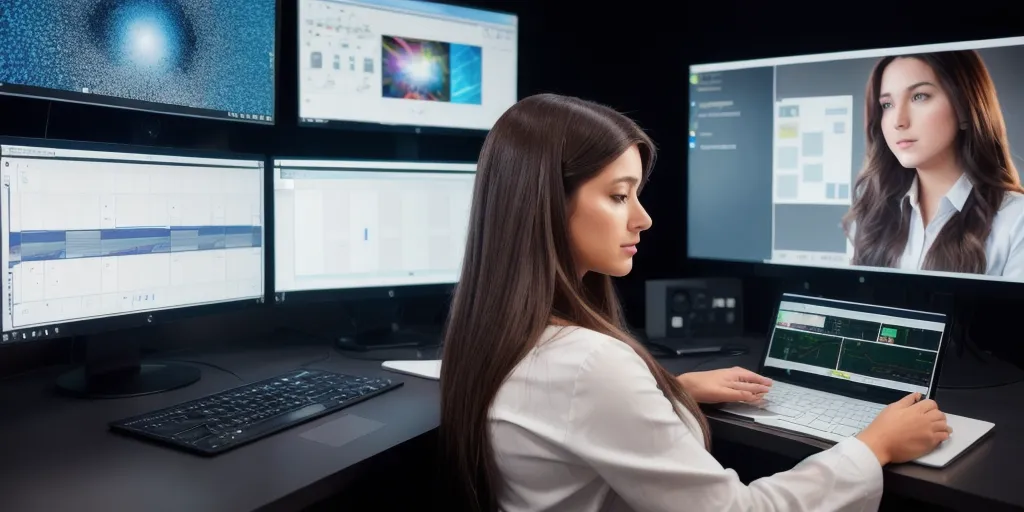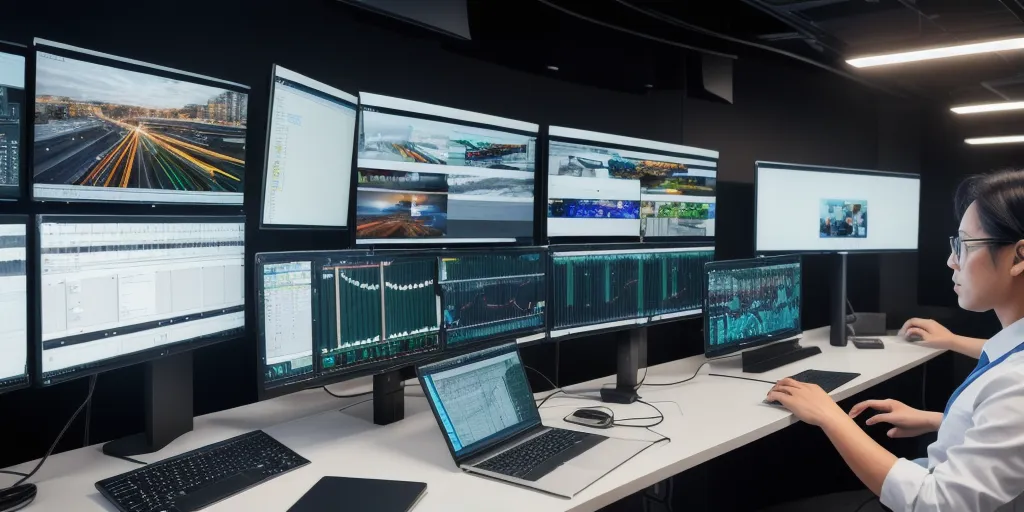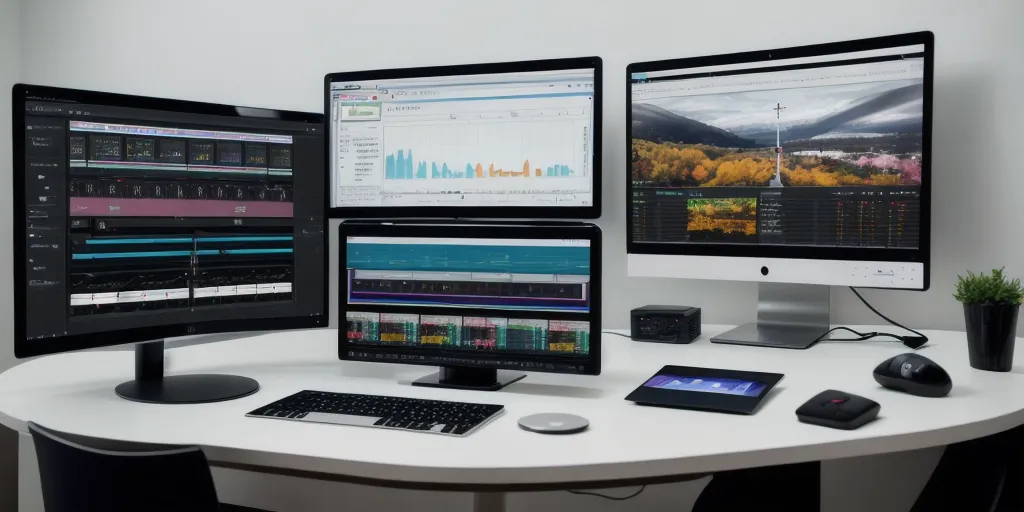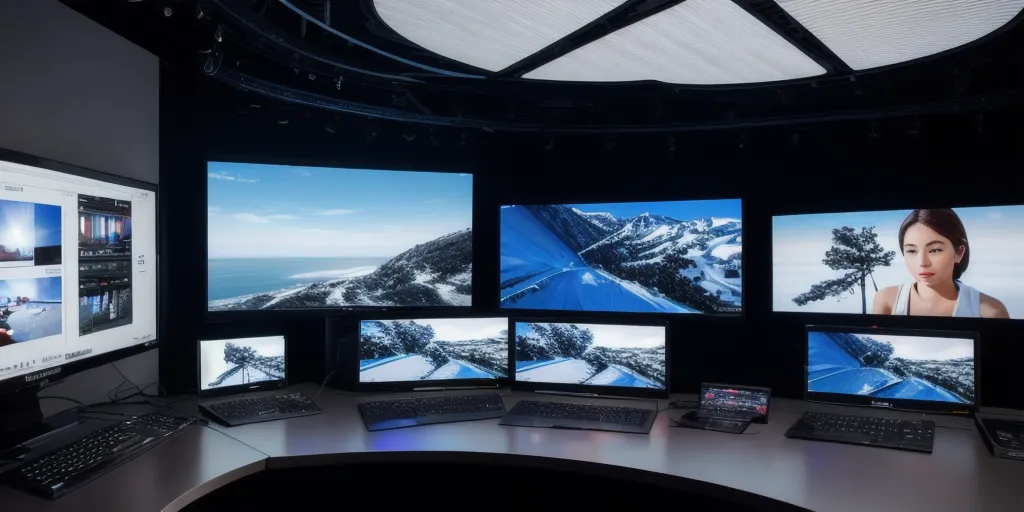Editing video with AI involves using artificial intelligence technology to automate and enhance the video editing process. There are various AI-powered tools and software available that can assist in tasks such as video trimming, color correction, object removal, and even creating special effects.
To edit a video with AI, you can start by selecting a suitable AI-powered video editing tool or software that aligns with your editing needs. Next, upload your video footage to the platform and utilize the AI features to make necessary edits.
AI can help in analyzing the content of the video, identifying key elements, and suggesting improvements to enhance the overall quality of the video. Additionally, AI can also assist in speeding up the editing process by automating repetitive tasks, saving time and effort.
By leveraging AI technology in video editing, you can achieve professional-looking results with minimal manual intervention. Overall, editing video with AI offers a convenient and efficient way to enhance your video content and create engaging visuals for your audience.
What ai tools can assist in video editing?

AI tools have revolutionized the field of video editing by offering a range of innovative solutions to streamline the editing process. One popular AI tool that can assist in video editing is Adobe Sensei, which uses machine learning algorithms to automate tasks such as color correction, audio syncing, and even suggesting edits based on the content of the video.
Another useful AI tool is Lumen5, which can automatically generate video content from text, making it ideal for creating engaging social media videos quickly.
Additionally, IBM Watson offers AI-powered tools that can analyze video content to provide insights on audience engagement and sentiment, helping editors make data-driven decisions. Other AI tools like Magisto and Animoto use algorithms to create professional-looking videos from raw footage, saving time and effort for editors.
Overall, AI tools in video editing can enhance efficiency, creativity, and quality, making them valuable assets for content creators looking to produce engaging and polished videos.
How does ai enhance the video editing process?

Artificial Intelligence (AI) enhances the video editing process in several ways. One key benefit is the ability of AI algorithms to analyze and categorize large amounts of footage quickly and accurately. This saves editors valuable time by automating the process of sorting through raw footage and identifying the best shots to use in the final edit.
AI can also assist in tasks such as color correction, audio editing, and even suggesting edits based on patterns and trends in the footage. Additionally, AI-powered tools can help streamline the workflow by providing automated features like facial recognition, object tracking, and scene detection.
These tools can help editors work more efficiently and creatively by allowing them to focus on the artistic aspects of editing rather than the technical details. Overall, AI enhances the video editing process by providing editors with powerful tools that can improve the quality of their work, save time, and increase productivity.
As AI technology continues to advance, we can expect even more innovative solutions to further enhance the video editing process in the future.
Which tasks can ai automate in video editing?

Artificial Intelligence (AI) has revolutionized the field of video editing by automating various tasks that were previously time-consuming and labor-intensive. One of the key tasks that AI can automate in video editing is the process of sorting and organizing footage.
AI algorithms can analyze video content, identify key elements, and categorize clips based on factors such as composition, color, and motion. This not only saves editors valuable time but also ensures that the editing process is more efficient and streamlined.
Additionally, AI can automate the process of color correction and grading, allowing editors to achieve a consistent look and feel across all their footage. AI-powered tools can analyze the color palette of a video and make adjustments to ensure that colors are balanced and vibrant. Furthermore, AI can also automate the process of audio editing by removing background noise, enhancing sound quality, and synchronizing audio with video clips.
Overall, AI has the potential to automate a wide range of tasks in video editing, making the process faster, more efficient, and ultimately more creative.
How can ai improve the quality of edited videos?

Artificial Intelligence (AI) can significantly enhance the quality of edited videos through various advanced technologies and tools. One way AI can improve video editing is by automating the process of color correction, ensuring consistency and accuracy throughout the video.
AI algorithms can analyze the content of the video and make adjustments to brightness, contrast, and color saturation to enhance the overall visual appeal. Additionally, AI-powered tools can assist in removing background noise, stabilizing shaky footage, and even enhancing the resolution of low-quality videos.
This not only saves time for editors but also ensures a more polished and professional end product. AI can also help in the editing process by providing suggestions for transitions, effects, and even editing styles based on the content and context of the video.
By utilizing AI in video editing, creators can streamline their workflow, improve the overall quality of their videos, and ultimately deliver a more engaging and visually appealing experience for their audience. In conclusion, AI offers a wide range of capabilities that can revolutionize the video editing process and elevate the quality of edited videos to new heights.